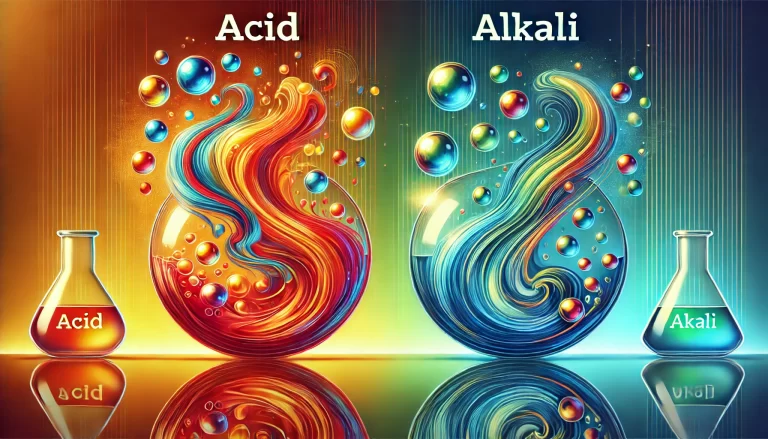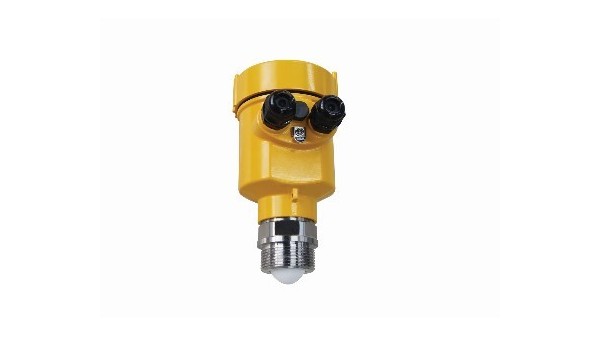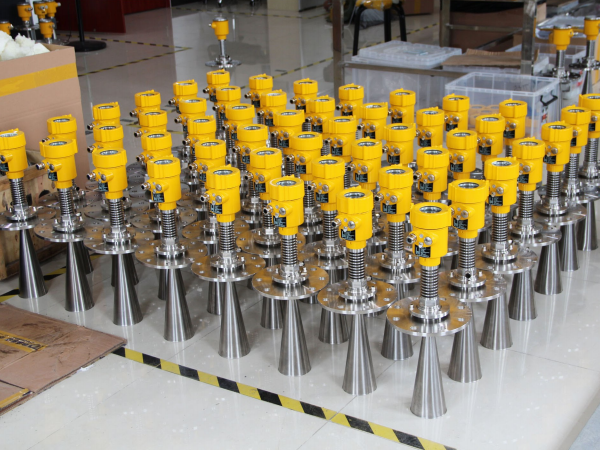Acid and alkali solutions are common liquids in the chemical industry, and their characteristics place special demands on level measurement technology.
This article will analyze the characteristics of acid and alkali solutions and, combined with a practical case, explore the application of radar level meters in the measurement of such solutions.

Acid and alkali solutions have the following characteristics:
1. Strong corrosiveness: Acid or alkali solutions have strong corrosive effects on many materials, which requires the level measurement equipment to have good corrosion resistance.
2. Volatility: Some acid and alkali solutions (such as concentrated sulfuric acid and concentrated hydrochloric acid) are easy to volatilize and produce harmful gases, which puts higher requirements on the sealing and safety of the measurement equipment.
3. Dielectric constant change:
The dielectric constant of acid and alkali solutions will change with the change of concentration and temperature, affecting the propagation of microwave signals and thus affecting the measurement accuracy of radar level meters.
4. Foam and sediment: During the chemical reaction process, acid and alkali solutions may produce foam or sediment, which will affect the accurate reading of the liquid level. Radar level meters measure liquid levels by emitting microwave signals and receiving their reflected waves. Its advantages include:
1. Non-contact measurement: No direct contact with the medium is required, reducing maintenance costs and equipment loss.
2. High precision: Able to accurately measure the liquid level, even under complex working conditions.
3. Strong anti-interference ability: Not affected by factors such as medium color, temperature, and pressure.
4. Easy to install and maintain: No additional calibration and maintenance work is required.

In a chemical plant, it is necessary to measure the level of a tank for acid and alkali solution. Since concentrated sulfuric acid is highly corrosive and volatile, the traditional contact level measurement method has great safety hazards and equipment loss problems. Therefore, a radar level meter is selected as a measurement tool.
1. Choose a suitable radar level meter: Considering the corrosiveness of sulfuric acid, choose a radar level meter with anti-corrosion materials, such as a polytetrafluoroethylene (PTFE) coated antenna.
2. Installation location: Ensure that the radar level meter is installed in a location that can avoid the influence of foam and sediment. 3. Debugging and calibration: According to the specific size and shape of the storage tank, adjust the parameters of the radar level meter to ensure measurement accuracy.
4. Real-time monitoring: Through continuous monitoring, abnormal conditions such as sudden changes in liquid level or equipment failures can be detected in time. After a period of operation, it was found that the radar level meter can stably measure the level of concentrated sulfuric acid, is not affected by volatile gases, and has low maintenance costs.
In addition, due to the use of non-contact measurement, the problem of frequent replacement of equipment due to corrosion is avoided.

Radar level meters perform well in the level measurement of acid and alkali solutions due to their non-contact measurement, high precision and strong anti-interference ability.
By properly selecting and configuring radar level meters, the difficulties in the measurement of acid and alkali solutions can be effectively solved, and production efficiency and safety can be improved.
